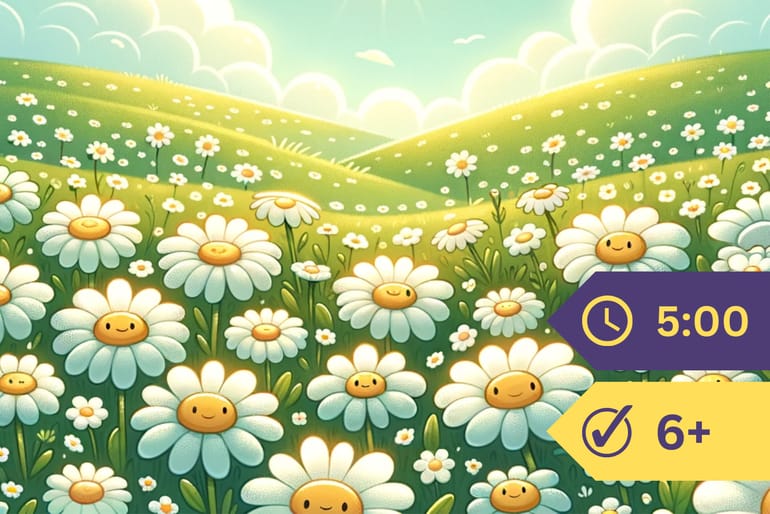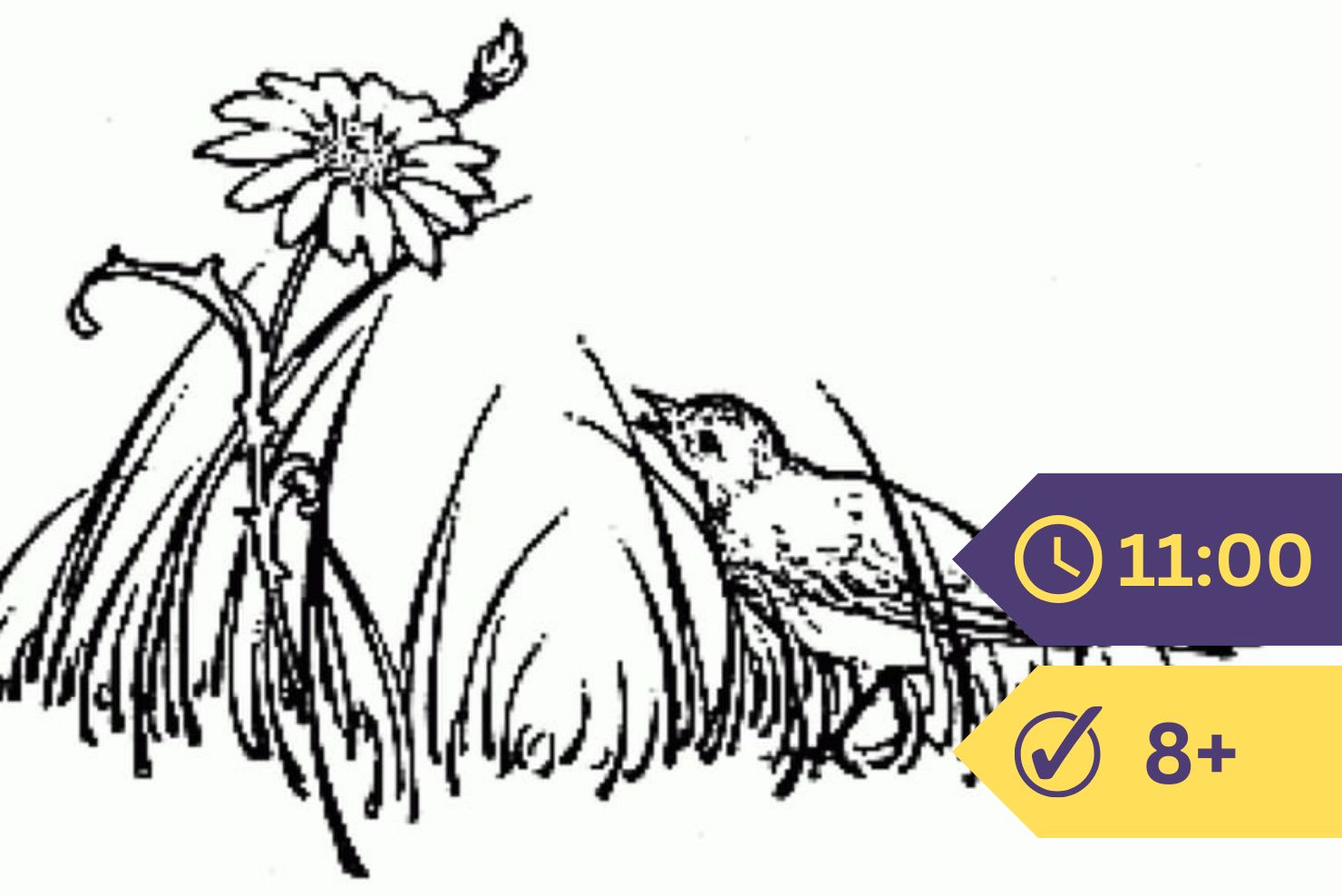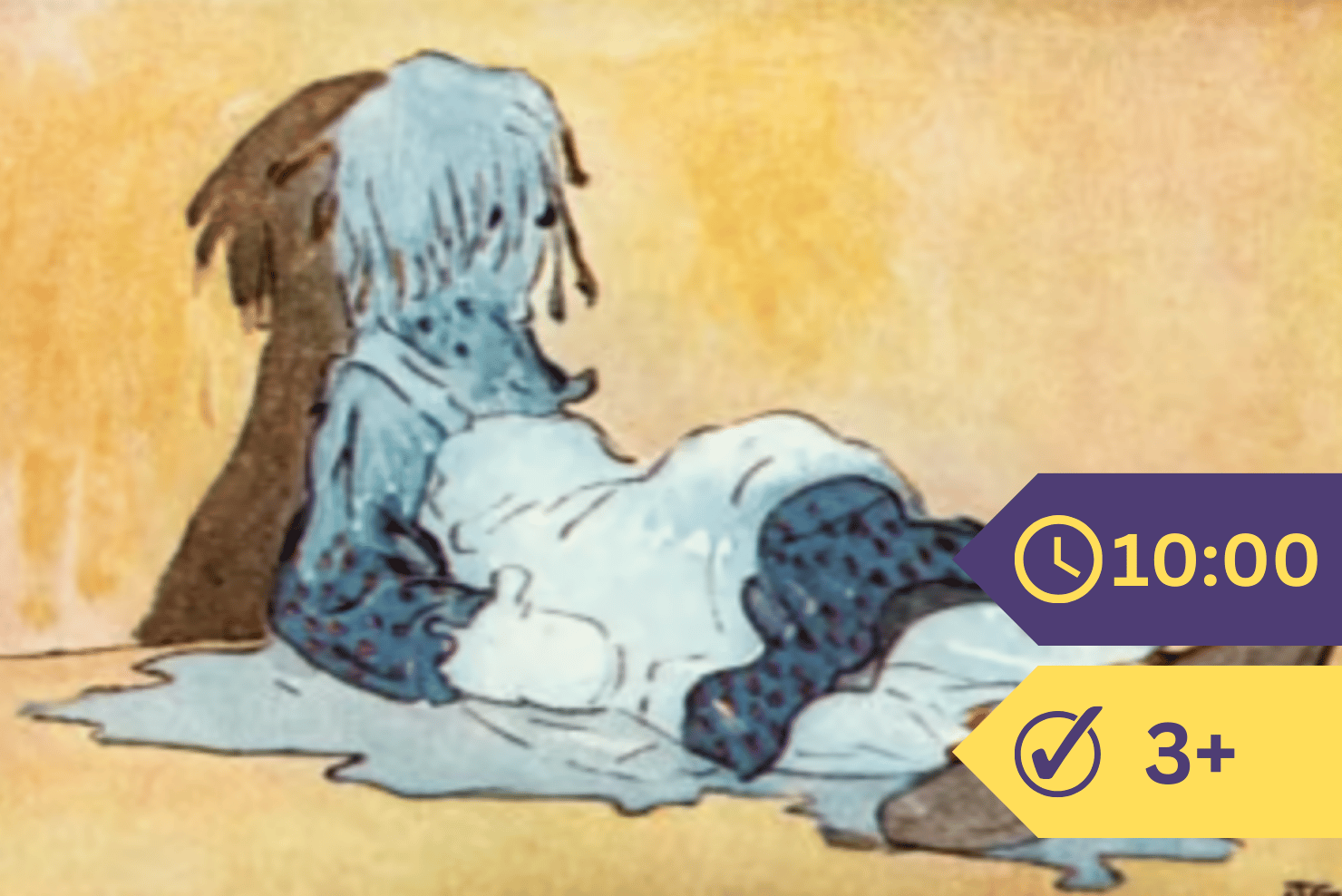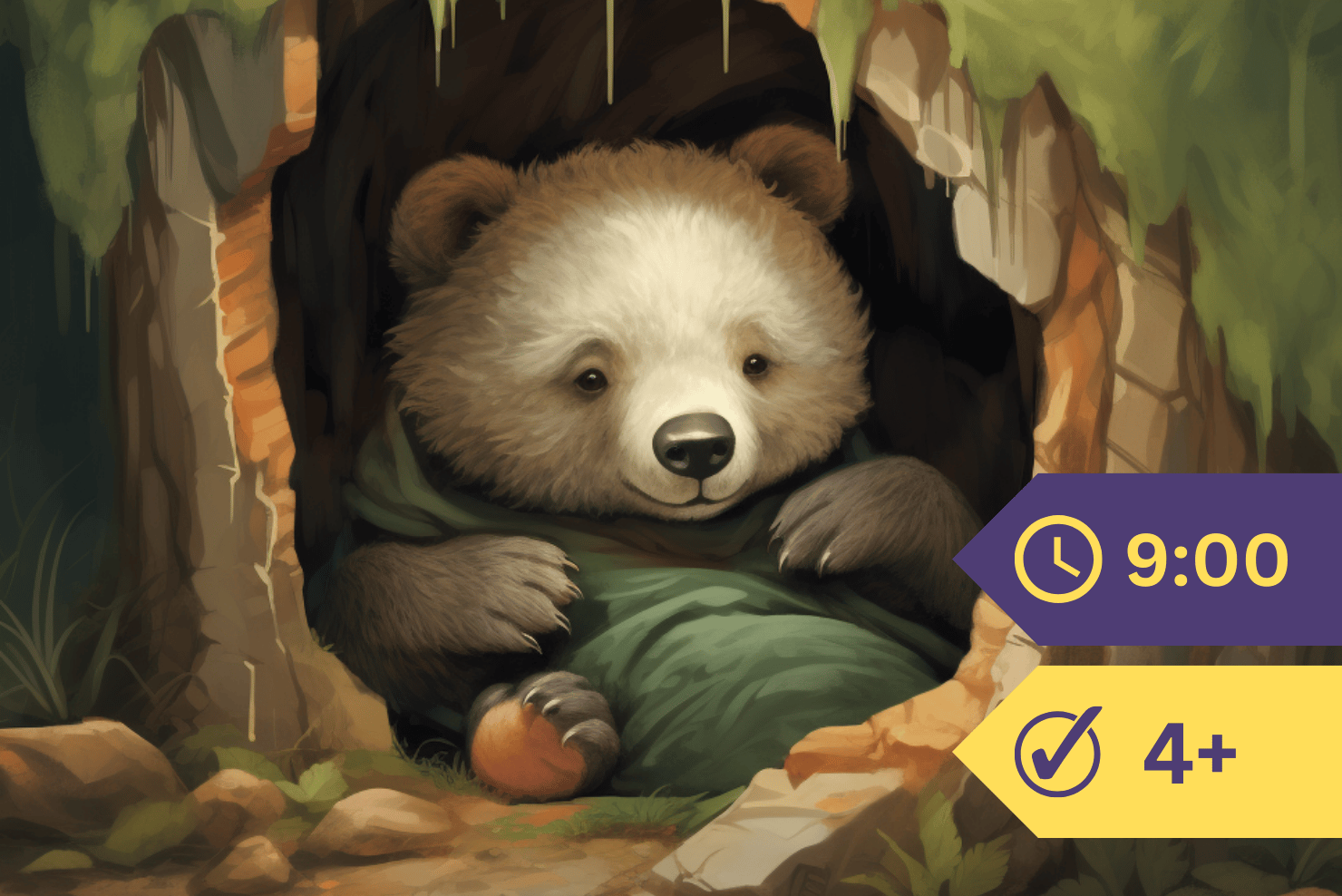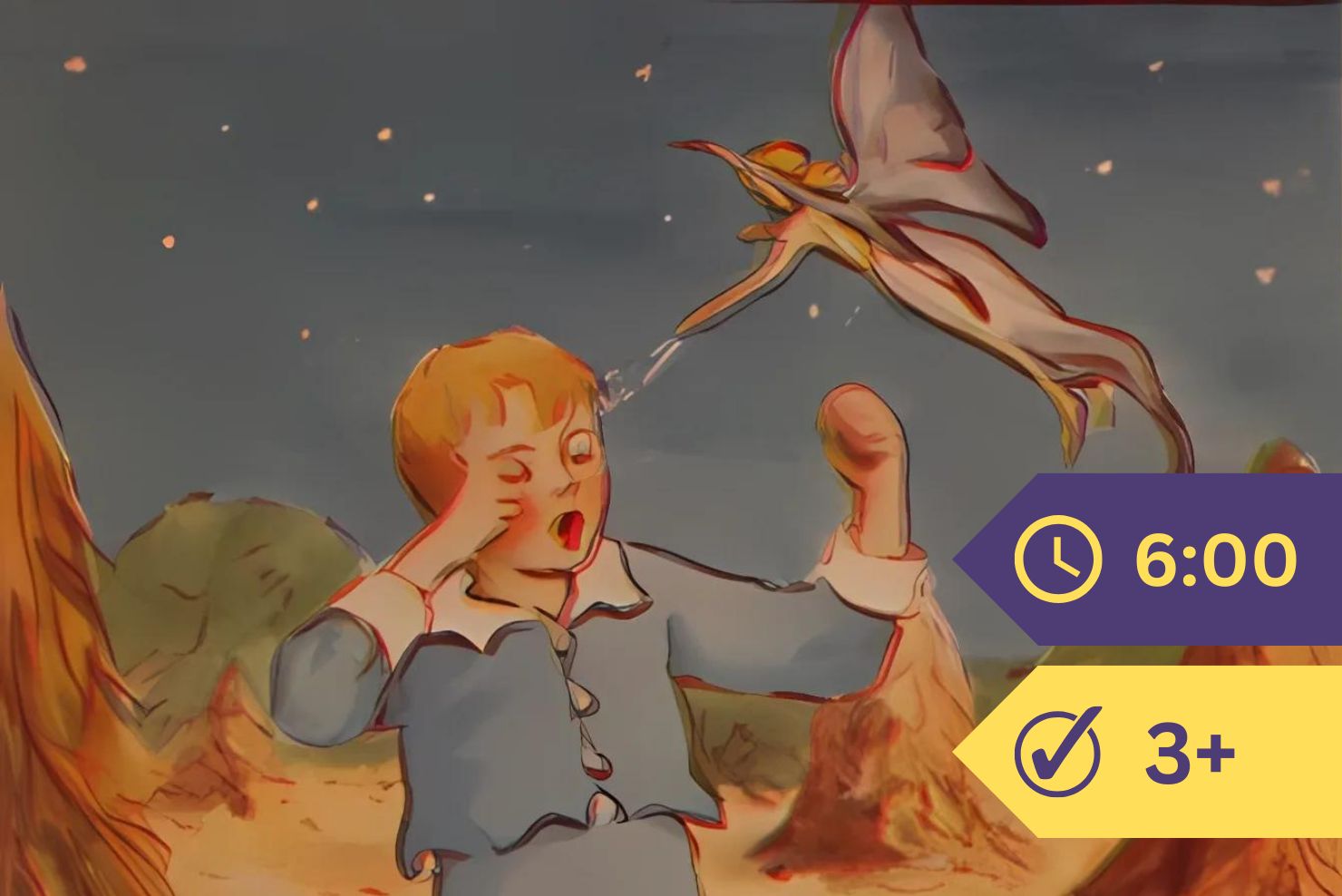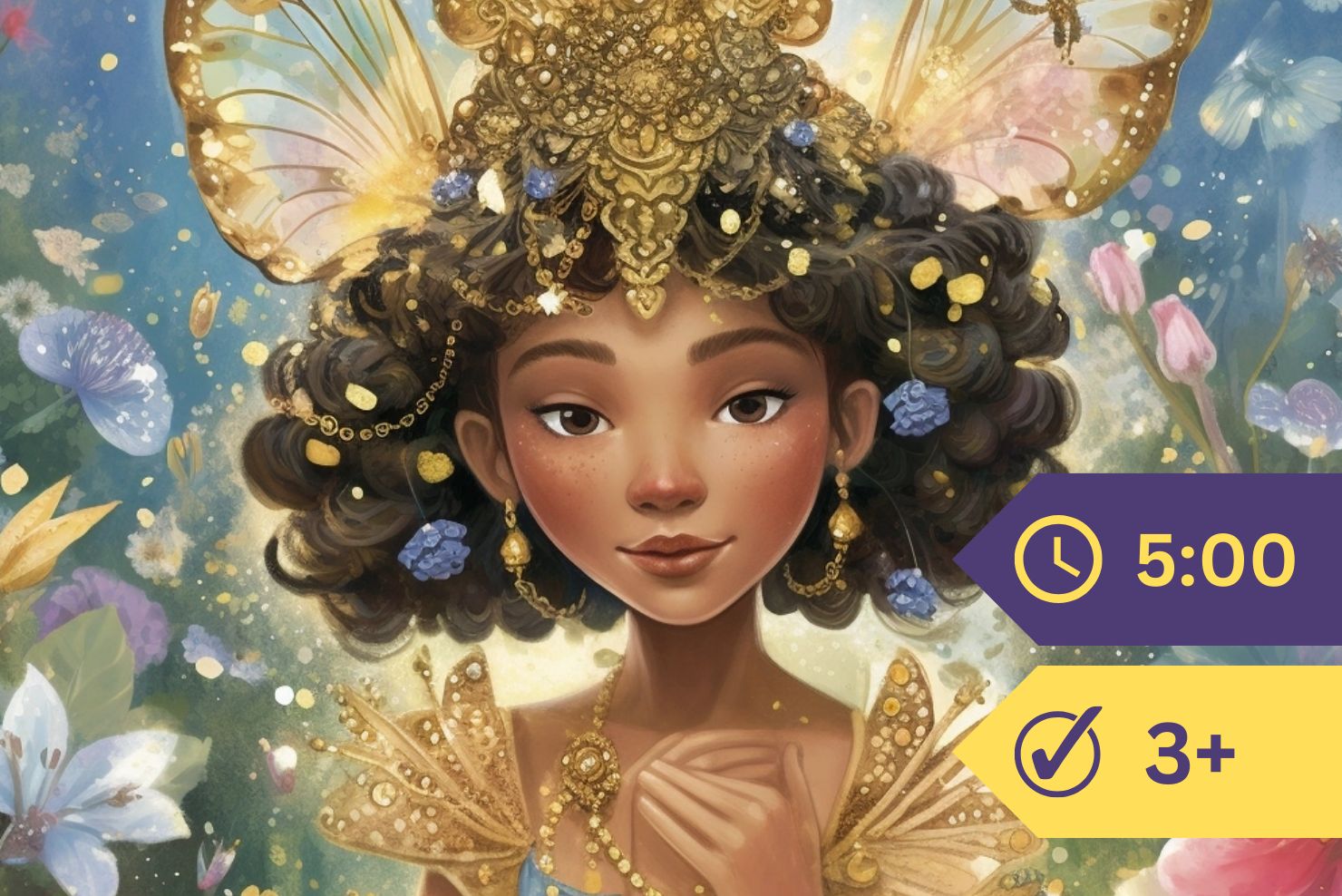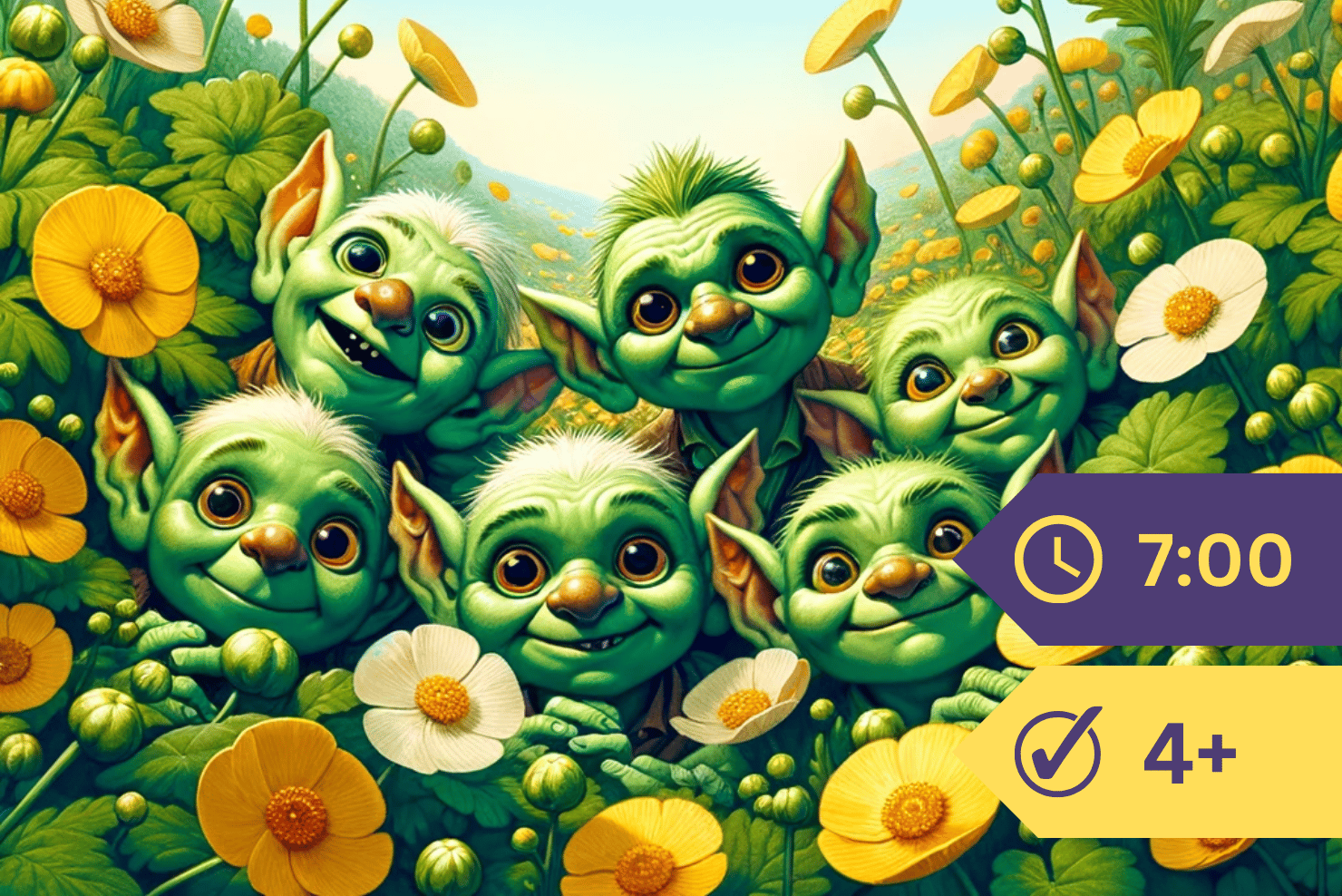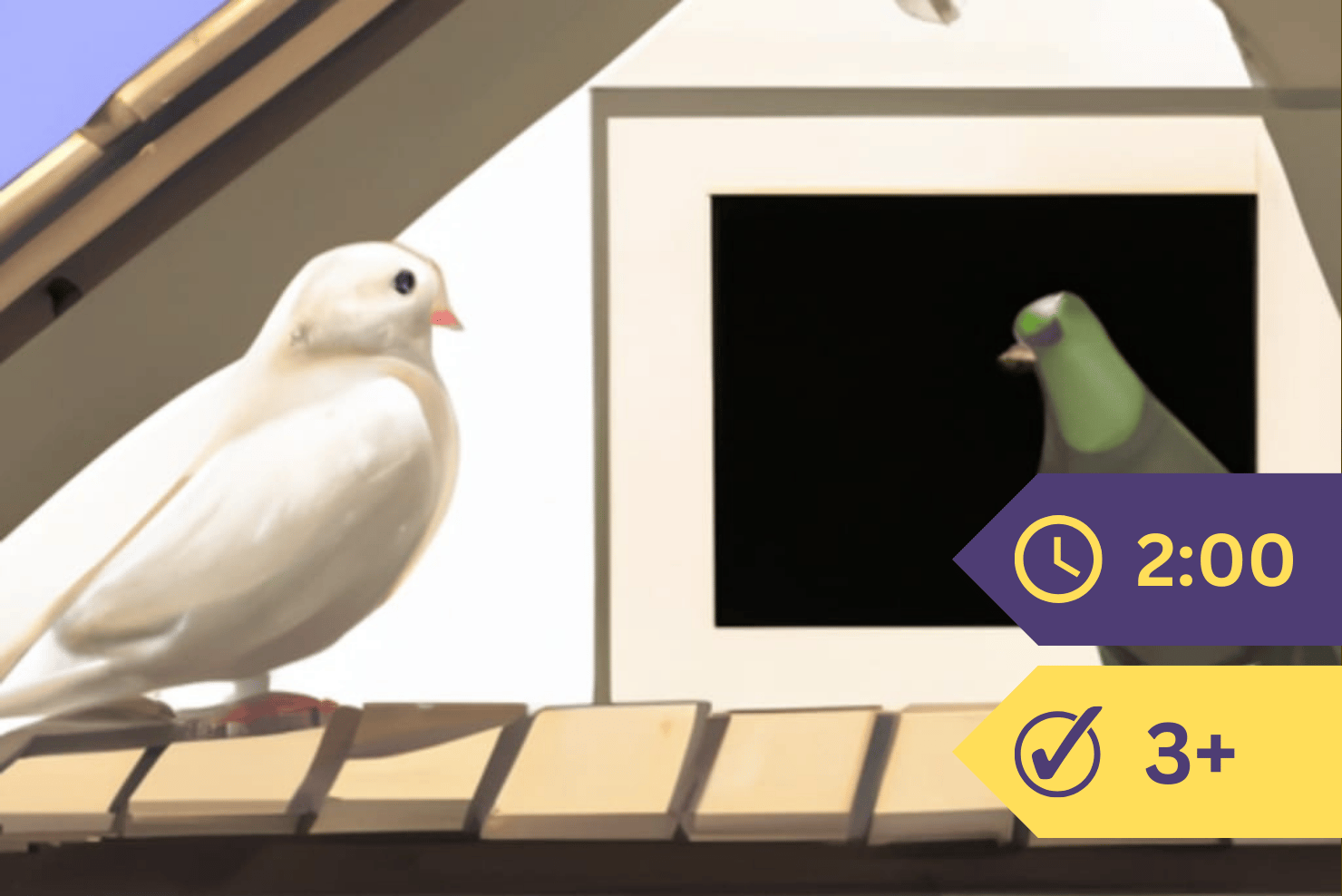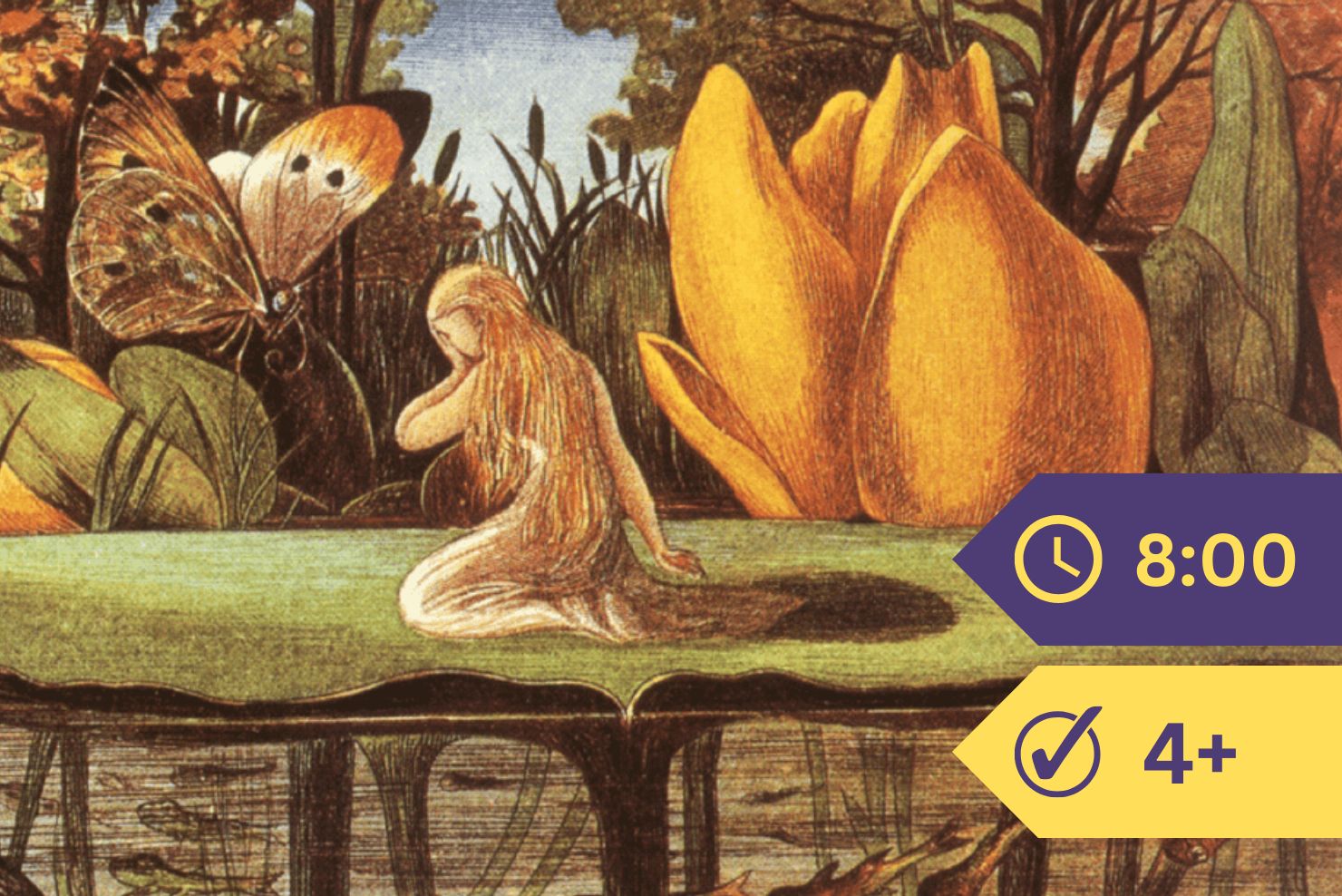The dandelion belongs to the largest plant family in the world. All the members of this family have the dandelion trick of bunching together a quantity of little flowers. From this habit the family takes its name. It is called the “Composite” family, because with it, that which looks like one flower is composed of many flowers.
To this great family belong some of the flowers which you know best; and if you are not to be fooled again and again, you must learn to tell by its blossoms whether a plant is a member of the Composite family. This will not be difficult if you will be patient, and pull to pieces a few of the flower heads which I am going to describe, and examine carefully the building plan used by the separate flowers.
The picture below shows you the field daisy. This pretty flower is an old friend; and many of you know that its beauty is no comfort to the farmer, who finds it a sign of poor soil and a nuisance, and does his best to get rid of it.
As you know, the central part of the daisy is bright yellow, and the narrow leaves which stand out in a circle around its yellow center are pure white.

Now, if I had asked you some time ago for the building plan of the daisy, I think you would have told me that the arrangement of little green leaves underneath the flower head made up the calyx, and naturally you would have believed the white leaves above to have formed the corolla; and the chances are that the yellow center would have seemed to be a quantity of stamens. As for the seed holders, you might have said, “Oh, well! I suppose they are hidden away somewhere among all these stamens.”
It would not have been at all strange or stupid if you had answered my question in this way.
I know of no plant which dresses up its flowers more cleverly, and cheats the public more successfully, than this innocent-looking daisy; for not only does it deceive boys and girls, but many of the grown-up people who love flowers, and who think they know something about them, never guess how they have been fooled the daisy. Indeed, some of them will hardly believe you when you tell them that when they pick what they call a daisy, they pick not one, but a great many flowers; and they are still more surprised when they learn that not only the yellow center of the daisy is composed of a quantity of little tube-shaped blossoms, but that what they take to be a circle of narrow white flower leaves is really a circle of flowers, each white strap being a separate blossom.

I dare not try to tell you how many separate blossoms you would find if you picked to pieces a daisy and counted all its flowers,—all the yellow ones in the center, and all the white outside ones,—but you would find a surprisingly large number.

The picture above shows you a daisy cut in two, and next you have one of the white outer flowers. This flower, as we must call it, has a pistil, but no stamens. The pollen is brought by flies from the yellow central flowers to this pistil.
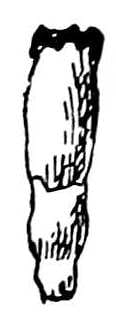
Here you see a picture of one of those yellow flowers which have both stamens and pistil inside its tube.
If you children once make yourselves well acquainted with the make-up of the daisy, seeing with your own bright eyes (not believing it just because I tell you it is so) that there are many little flowers where most people think they see only one big one, you will never forget it as long as you live; and you will know something that many of the big people about you do not know. Some day while walking across the fields I think you will enjoy surprising them by pulling to pieces a daisy, and explaining to them this favorite flower trick.

